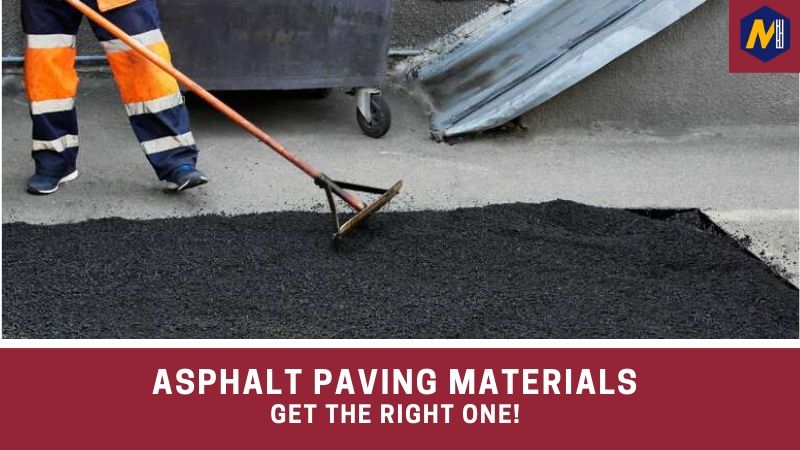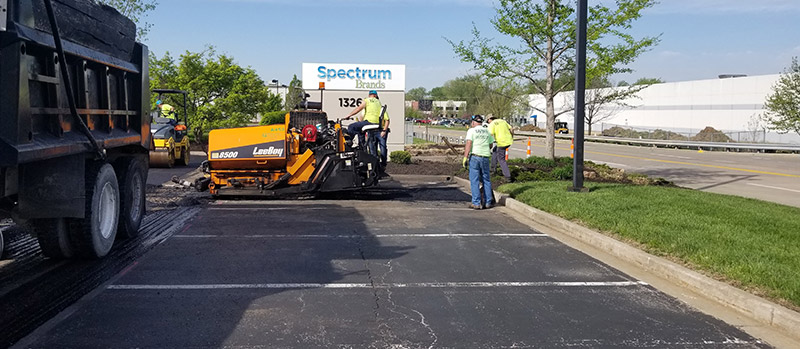The 10-Minute Rule for A1 Professional Asphalt & Sealing Llc
The 10-Minute Rule for A1 Professional Asphalt & Sealing Llc
Blog Article
Rumored Buzz on A1 Professional Asphalt & Sealing Llc
Table of ContentsGetting The A1 Professional Asphalt & Sealing Llc To WorkSee This Report about A1 Professional Asphalt & Sealing LlcTop Guidelines Of A1 Professional Asphalt & Sealing LlcFacts About A1 Professional Asphalt & Sealing Llc RevealedA1 Professional Asphalt & Sealing Llc - An Overview

The oil in an automobile engine is not simply oil. It includes a range of additives to boost the car's efficiency. These include polymers, viscosity modifiers, warm stabilizers, additional lubes, and wear ingredients. The REOB consists of all the ingredients that were in the waste oil along with the wear metals from the engine (mostly iron and copper).
Nevertheless, by making many blends utilizing different REOB examples and various asphalt binders, the variations largely can be balanced out. A number of States offered samples of well-known REOB composition to TFHRC researchers, who evaluated the samples to compare the percentage of added (recognized) REOB to the discovered (evaluated) quantity. The analyses revealed an equivalent portion of included and discovered REOB.
Getting The A1 Professional Asphalt & Sealing Llc To Work
None of those States understood that the asphalt they were getting included REOB. One State urged its samples had no REOB - https://alasphaltseal.wixsite.com/a1asphaltseal/post/a1-professional-asphalt-repairs-enhancing-roads-with-excellence.
Of the 1,532 examples tested, 12 percent contained REOB, and some contained substantially high degrees of it at 1020 percent. The highest degree was 34 percent in a sample from Texas, which TxDOT had made use of in a patching compound. This screening also revealed the existence of phosphoric acid in 11 percent of the samples, and 2 percent contained ground tire rubber.
2 years earlier at TRB's yearly conference, the Federal researchers held an REOB workshop and presented the searchings for of their research laboratory examinations to a standing room-only crowd. Although some companies do not especially ban REOB, they do enforce physical tests that preclude its useeffectively a restriction. asphalt sealcoating in st louis. Others do not ban it by specification, however have agreements with asphalt suppliers to stay clear of making use of REOB
Excitement About A1 Professional Asphalt & Sealing Llc
A handful do permit REOB, some within specific limits. For instance, Ohio and Texas restriction degrees to much less than 5 percent of the asphalt. To establish a reliable examination technique that all States can use, the TFHRC scientists established up a round-robin examination strategy. The participants are 11 State freeway companies (Illinois, Massachusetts, Minnesota, Mississippi, Montana, North Carolina, Oklahoma, South Carolina, Texas, Vermont, and Wyoming), 2 independent screening labs, the Ministry of Transport in Ontario, Queen's University in Ontario, and an Ontario paving specialist.
The participants are evaluating her comment is here the samples individually utilizing the standards provided by the TFHRC researchers. The output will certainly be a recommended AASHTO examination method that any State can take on and use.
The pavement with REOB, which lies 0.6 mile (1 kilometer) from the sidewalk without REOB, has identical subgrade, traffic thickness, and climate. Nevertheless, the section of Highway655 with 5 to 10 percent REOB revealed significant cracking. In this example, the visibility of REOB was the determined cause of breaking at a low temperature levels.
"In our experience in copyright, also little quantities of 23 percent can be an issue." In a similar way, an area of examination pavement in Minnesota (MN1-4) located to consist of REOB additionally cracked too soon. The pavement performed well for the first 3 to 4 years, yet then started to fracture. This pavement is also based on low temperatures.
The 7-Minute Rule for A1 Professional Asphalt & Sealing Llc
The examinations were not comprehensive, however they revealed that at levels of 6 percent or even more, the tensile toughness of the asphalt went down considerably. At a degree of 3.5 percent REOB, the variation in the physical examination methods was better than the impact of REOB. It was tough for researchers to evaluate whether REOB was existing. https://sitereport.netcraft.com/?url=https://a1asphaltpro.com.

One binder specification taken into consideration is the difference between the low temperature level important spec temperature level for tightness (S) in the flexing beam of light rheometer and the flexing beam of light rheometer creep incline (m-value) kept in mind as Tcritical. TC = TC (S) TC (m-value). Assessment of this parameter is still ongoing. 2 independent research study teams, one from AASHTO and the other from the Asphalt Institute, ended that more research study is required on using REOB in asphalt.
Previously, all asphalt screening gauged engineering buildings such as tightness. These tests do not reveal what materials had been added to the asphalt.

Unknown Facts About A1 Professional Asphalt & Sealing Llc
These results show there are weaknesses in the standard design screening methods that may be exploited. The producer may have an economic advantage and the product passes all the standardized examinations, yet the item might not be useful to making certain lasting performance. To address this issue and the expansion of new asphalt ingredients and extenders, TFHRC is beginning a research study program to make use of portable spectroscopic devices, x-ray fluorescence spectroscopy, and Fourier change infrared spectroscopy to make it possible for evaluations to be done in the field rather than having to take samples back to the lab.
Report this page